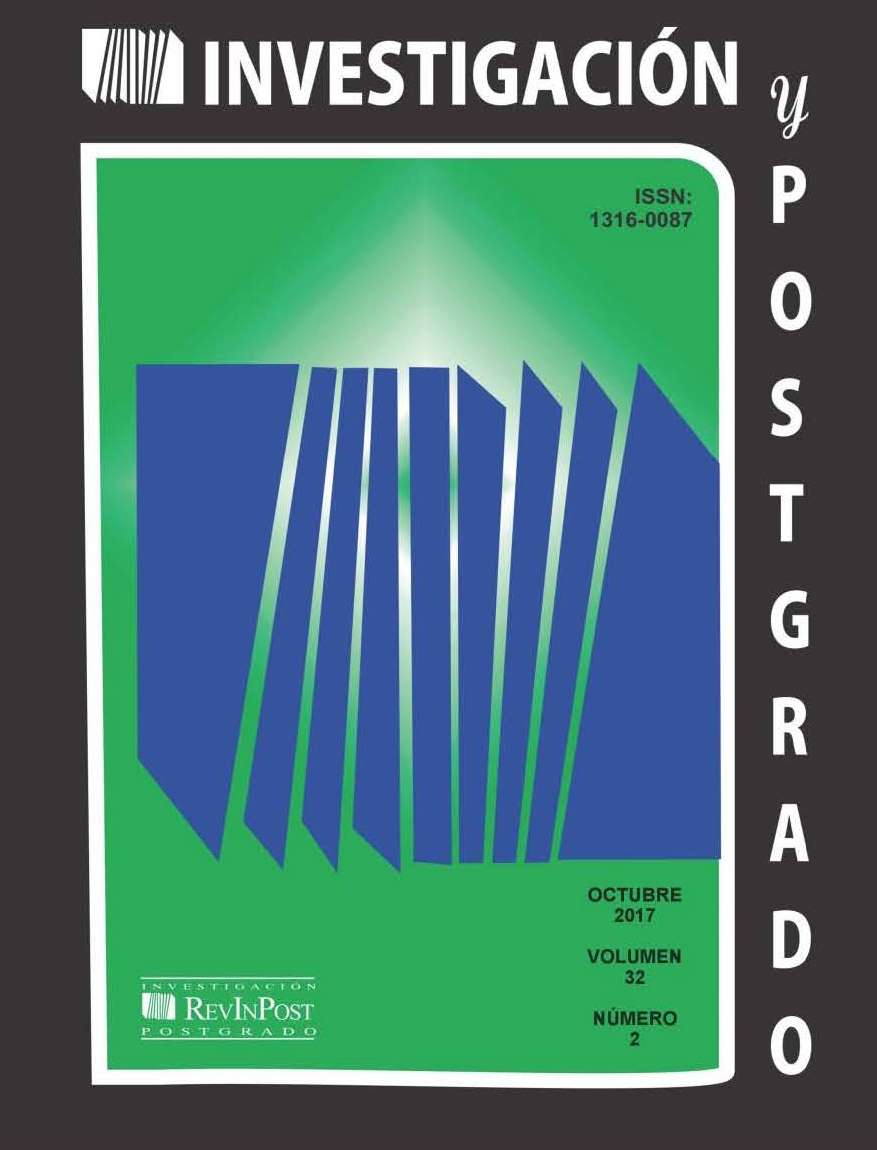SPATIAL IMAGINARIES IN TEXACO BY PATRICK CHAMOISEAU
Keywords:
Patrick Chamoiseau, space in the novel, imaginary, creolity, Caribbean literatureAbstract
We interpret the ideological meaning of fictional spaces in Patrick Chamoiseau‟s novel, Texaco, by carrying out two objectives: to expose the crucial points of the plot from the point of view of the spaces in which they occur, and to characterize the ethical sense of the aesthetics of the spatial imaginary. We rely on Gadamer‟s hermeneutic vision and theory of the imaginary, ideology and rhethoric. We conclude that: the spatial imaginaries communicate the essential part of the novel‟s plot; the spaces have a countercultural sense; geography and culture of creole are the reference to the spaces; the space‟ imaginaries reproduce the contrast between colonizers and colonized and their culture through the highlow concept; behind the imaginary‟ visibility there are units of sense such as injustice violence, poverty, colonialism; the creation of new spaces by the creole people expresses their desire of transcending their contexts; as people move in their spaces, they write the imaginaries of their culture; ekphrasis, constituted by a chain of literary figures, is the main figure to create the spaces in novel.
Downloads
References
Adams, T. (2005, 20 febrero). For me, England is a mythical place. The Guardian. Recuperado de https://www.theguardian.com/books/2005/feb/20/fiction.kazuoishiguro
Aiello, F. (Marzo de 2010). Texaco de Patrick Chamoiseau: la memoria verdadera o una nueva versión de la historia. (Universidad Nacional de Cuyo), IV Congreso Interoceánico de Estudios Latinoamericanos. Universidad del Cuyo, Mendoza.
Alpozzo, M. (2005, enero 15). Patrick Chamoiseau - l‟oiseau marqueur de paroles. Contre-Feu, revue Littéraire [Mensaje en un blog]. Recuperado de http://www.lektiecriture.com/contrefeux/Patrick-Chamoiseau-l-oiseau.html
Andrade Boué, P. (2012). Cómo se dignifica el slum, o Texaco de Patrick Chamoiseau. Ángulo Recto. Revista de estudios sobre la ciudad como espacio plural, 4(1), 15-30. Doi: http://dx.doi.org/10.5209/rev_ANRE.2012.v4.n1.39279
Ategomo Ymele, M. (2012). Parodie et construction identitaire chez Patrick Chamoiseau (Tesis de maestría inédita). University of Waterloo. Waterloo, Ontario, Canada. Recuperado de https://uwspace.uwaterloo.ca/bitstream/handle/10012/6696/Ategomo_Ymele_Martial. pdf?sequence=1
Bachelard, G. (1965). La poética del espacio. México: Fondo de Cultura Económica.
Bachelard, G. (1972). El aire y los sueños. México: Fondo de Cultura Económica.
Bajtin, M. (1989). Las formas del tiempo y del cronotopo en la novela. En Teoría y estética de la novela (pp. 237-410). Madrid: Taurus.
Britto García, L. (2015). El imperio contracultural. Del Rock a la Postmodernidad. Caracas: Fundarte.
Carpentier, A. (1967). Tientos y diferencias. Montevideo: ARCA Editorial.
Castoriadis, C. (1989). La institución imaginaria, tomo II. Barcelona, España: Tusquets.
Castoriadis, C. (1996). La montée de l’insignifiance. París: Seuil.
Castoriadis, C. (2001). Figuras de lo pensable. Buenos Aires: Fondo de Cultura Económica.
Chamoiseau, P. (1994). Texaco. (Traducción de Emma Calatayud). Barcelona, España: Anagrama.
Czyba, L. (1999). Fonctions et enjeux de la parole dans Texaco (Patrick Chamoiseau). SEMEN. Revue de sémio-linguistique des textes et discours, 11(99). Recuperado de http://semen.revues.org/2878
Dawson, A. (2009). Squatters, Space, and Belonging in the Underdeveloped City. Recuperado de: http://ashleyjdawson.files.wordpress.com/2009/12/squatters-space-and-belonging.pdf
Durand, G. (1981). Las estructuras antropológicas de lo imaginario. Introducción a la arquetipología general. Madrid: Taurus.
Gadamer, H.G. (1999). Verdad y Método. Salamanca: Ediciones Sígueme. Glissant, E. (1987). Préface. En Chronique des sept misères. Paris: Gallimard.
Ishiguro, K. [The Agenda with Steve Paikin] (2015, Julio 23). Kazuo Ishiguro: On Writing and Literature [Archivo de video]. Recuperado de https://www.youtube.com/watch?v=DoGtQPks3qs&t=367s
Laberge, E. (2010). L'esthétique de la mosaïque dans Texaco de Patrick Chamoiseau (Tesis de maestría inédita). Université du Québec à Chicoutimi. Recuperado de http://constellation.uqac.ca/292/
Larose, V. (2007). Patrick Chamoiseau – Errances d'une Souvenance. Recuperado de http://www.potomitan.info/atelier/pawol/chamoiseau.php
Lausberg, H. (1983). Manual de Retórica. Madrid: Gredos. Le nouvel observateur / Livres. (1992). Le romancier antillais se fait le somptueux porteparole de cent cinquante ans d’histoire. Recuperado de http://referentiel.nouvelobs.com/archives_pdf/OBS1451 _19920827/OBS1451_19920827_070.pdf
Leblanc, M. (2009). Les traces de la mémoire dans Texaco de Patrick Chamoiseau et Petroleum de Bessora (Tesis de maestría inédita). Departement des Litteratures, Faculté des Lettres, Université Laval, Québec. Recuperado de: www.theses.ulaval.ca/2009/26483 /26483.pdf
Merali, S. (2008). Texaco by Patrick Chamoisseau. Third Text, 11(40), 109-110. Recuperado de http://www.tandfonline.com/doi/pdf/10.1080/09528829708576693
N‟Zengou-Tayo, M.J. (1996). Littérature et diglossie: créer une langue métisse ou la „chamoisification‟ du francais dans texaco de patrick chamoiseau. TTR: Traduction, Terminologie, Rédaction, 9(1), 155-176. Doi: 10.7202/037243ar
Pimentel, L.A. (2001). El espacio en la ficción. México: Siglo XXI.
Ramírez Molas, P. (1978). Tiempo y narración. Enfoques de la temporalidad en Borges, Carpentier, Cortázar y García Márquez. Madrid: Gredos.
Silva, L. (1975). Antimanual para uso de marxistas, marxólogos y marcianos. Caracas: Monte Avila Editores.
Tarica, E. (2010). Patrick Chamoiseau‟s creole conteur and the ethics of survival. International Journal of Francophone Studies, 13(1), 39-56.
Todorov, T. (1993). Las morales de la historia. Barcelona, España: Paidós.
Van Dijk, T.A. (2003). Ideología y Discurso. Una Introducción multidisciplinaria. Barcelona, España: Ariel.
Downloads
Published
How to Cite
Issue
Section
License
Copyright (c) 2017 Universidad Pedagógica Experimental Libertador

This work is licensed under a Creative Commons Attribution-NonCommercial-ShareAlike 4.0 International License.
Investigación y Postgrado está bajo una licencia internacional Creative Commons Attribution-NonCommercial-ShareAlike 4.0 .
La política de acceso abierto y de licencias con “algunos derechos reservados” no niega la propiedad intelectual ni los derechos de los autores respecto a sus artículos, al contrario, los respeta. Es por ello que:
No se reservan los derechos de publicación de los artículos. Los autores podrán distribuir su artículo en cualquier otro medio, siempre y cuando sea sin fines de lucro. Debe informar al Editor de esta nueva publicación y debe dar el crédito a la revista Investigación y Postgrado.













